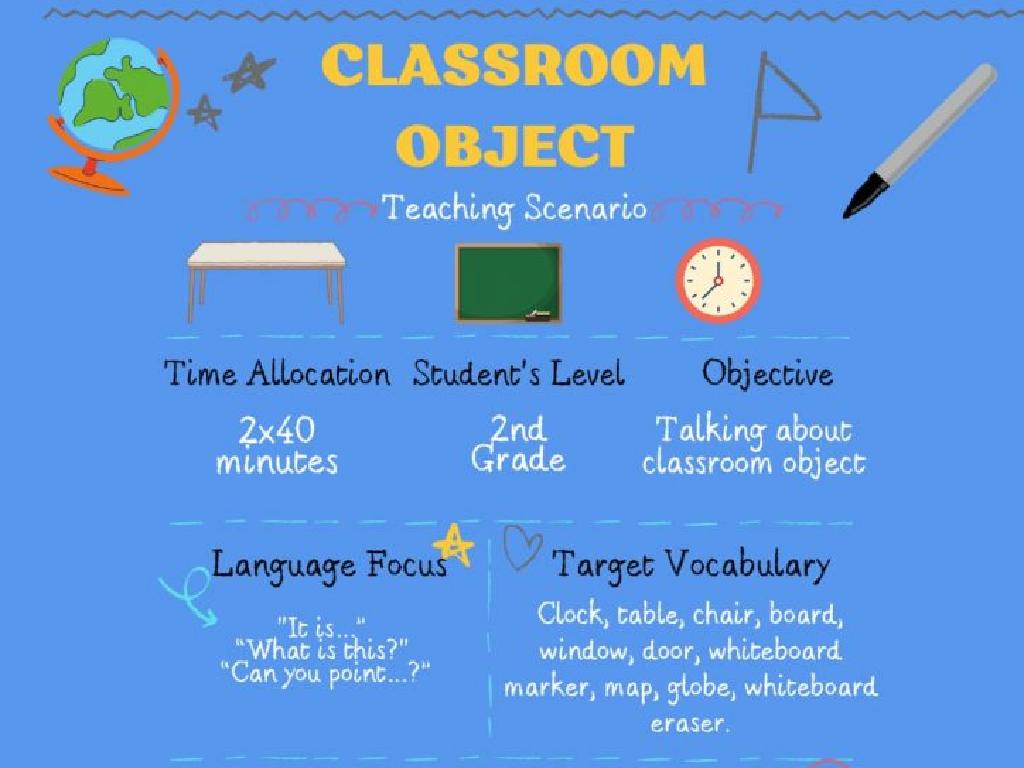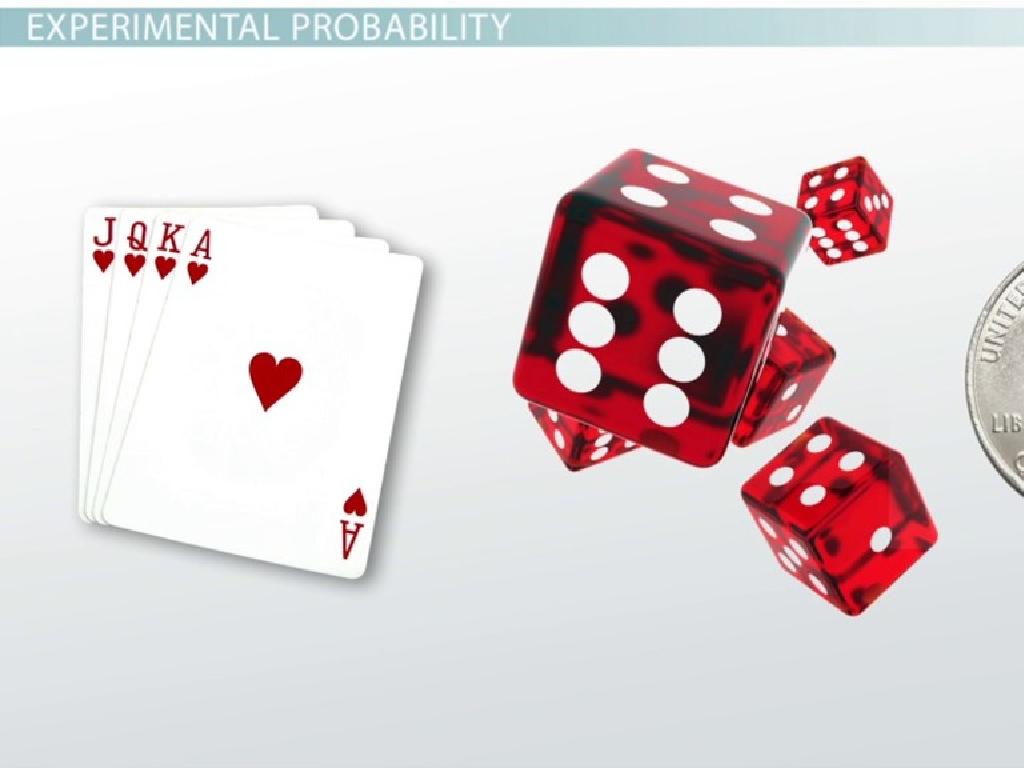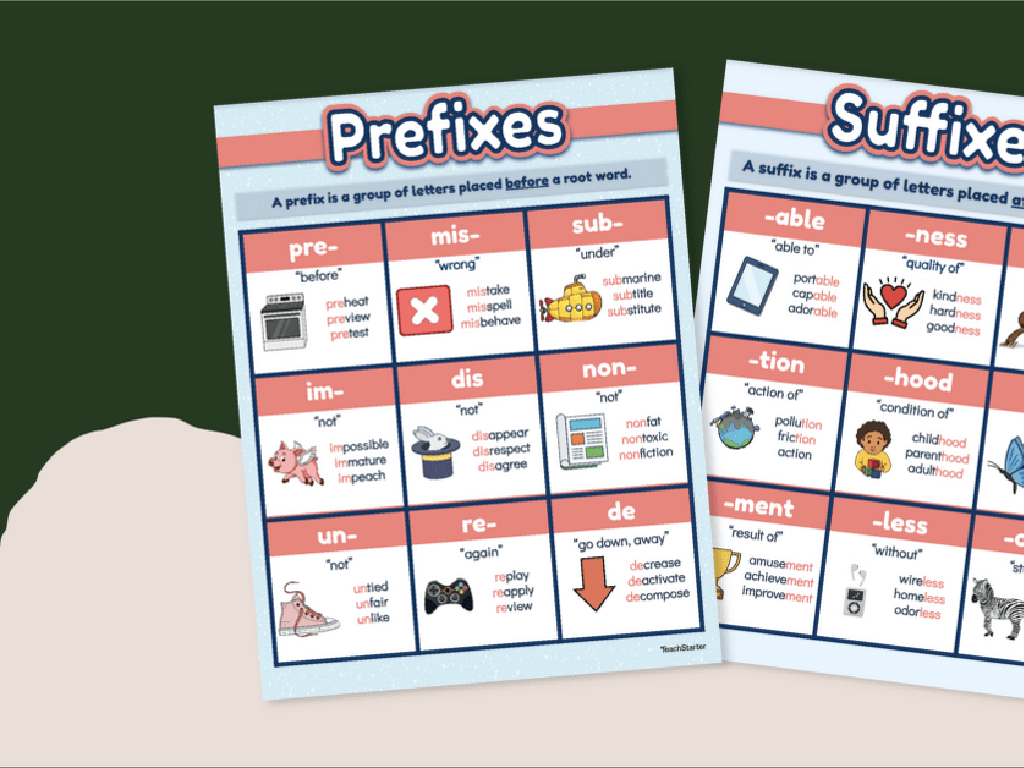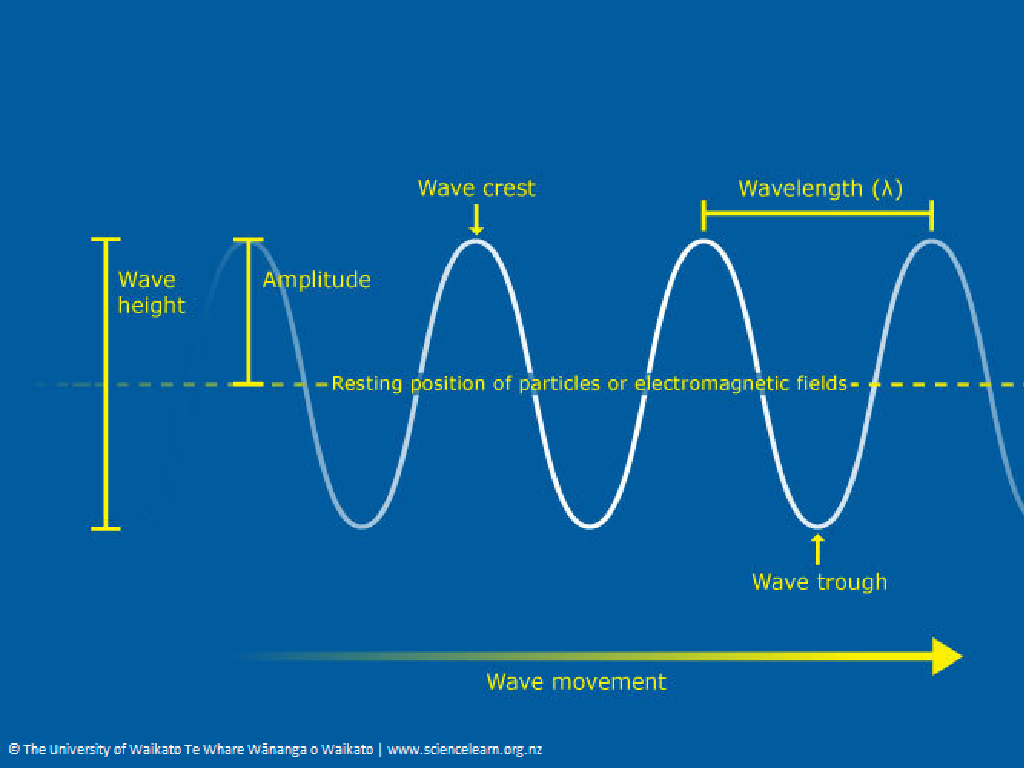Use Place Value To Add Two-Digit Numbers - Without Regrouping
Subject: Math
Grade: Second grade
Topic: Addition Strategies: Two Digits
Please LOG IN to download the presentation. Access is available to registered users only.
View More Content
Addition Strategies: Place Value
– Learn a new way to add numbers
– Understand place value
– Tens and ones in numbers like 34 (3 tens, 4 ones)
– Add without regrouping
– Stack numbers and add ones, then tens
– Practice with examples
– Try 23 + 15: Add ones (3+5), then tens (20+10)
|
This slide introduces students to the concept of adding two-digit numbers using place value and without regrouping. Begin by explaining that each digit in a two-digit number has a place value, with the rightmost digit representing ‘ones’ and the next digit to the left representing ‘tens’. Emphasize that when adding two-digit numbers, we add the ones first and then the tens. Ensure that students understand that regrouping is not needed if the sum of the ones is less than ten. Provide several examples and encourage students to practice this new strategy with different numbers. Use visual aids like blocks or drawings to represent tens and ones if necessary.
Understanding Place Value
– What is place value?
– Place value determines the value of a digit based on its position.
– Digits in ‘tens’ and ‘ones’
– In 53, ‘5’ is worth 50 because it’s in the ‘tens’ place.
– Example: Number 53
– ‘5’ is in the ‘tens’ place, ‘3’ is in the ‘ones’ place.
– Adding without regrouping
– Add numbers in ‘ones’ place and ‘tens’ place separately.
|
This slide introduces the concept of place value, which is foundational for understanding how to add two-digit numbers. Emphasize that in a two-digit number, the first digit represents the ‘tens’ and the second digit represents the ‘ones’. Use the number 53 as an example to show that the ‘5’ is actually representing 50, and the ‘3’ is representing 3. Explain that when adding two-digit numbers without regrouping, we add the ‘ones’ place numbers together and the ‘tens’ place numbers together separately. This will set the stage for further practice with specific examples and exercises in class.
Adding Two-Digit Numbers Without Regrouping
– Start by adding the ‘ones’
– Check if ‘ones’ sum is less than 10
– No regrouping if ‘ones’ add to less than 10
– Add the ‘tens’ next
– Example: 23 + 35
– First add 3 + 5, then 20 + 30
|
This slide introduces the concept of adding two-digit numbers without regrouping, which is a foundational skill in second-grade math. Begin by explaining that numbers are made up of ‘ones’ and ‘tens’. When adding, we always start with the ‘ones’ column. If the sum of the ‘ones’ is less than 10, we can simply write the sum below the ‘ones’ column. Next, we add the ‘tens’ column. Use the example provided to illustrate the process step by step. Encourage students to practice with similar problems and ensure they understand that regrouping is not necessary if the ‘ones’ sum is less than 10. Provide additional examples and practice problems to reinforce the concept.
Let’s Practice Together: Adding Two-Digit Numbers
– Example 1: 42 + 26
– Add ones: 2 + 6 = 8, then tens: 40 + 20 = 60
– Example 2: 57 + 31
– Add ones: 7 + 1 = 8, then tens: 50 + 30 = 80
– No regrouping needed
– Add ones, then tens separately
– Remember to add the ones place first, then the tens place
|
This slide is designed for a class activity where students practice adding two-digit numbers without regrouping. Start with Example 1 by adding the ones place (2+6) and then the tens place (40+20), emphasizing that they do not need to carry over any numbers because the sum of the ones place is less than 10. Repeat the process with Example 2. Remind students that regrouping is not necessary in these examples. Encourage students to solve these problems on their own and then discuss the answers as a class. Provide additional similar problems for practice and ensure that students understand the concept of adding ones and tens separately without regrouping.
Your Turn to Try: Adding Two-Digit Numbers
– Solve: 14 + 22, 35 + 44, 18 + 21
– Add the ‘ones’ place first
– Example: In 14 + 22, add 4 (ones) + 2 (ones)
– Then add the ‘tens’ place
– Next, add 10 (tens) + 20 (tens)
– Check answers with a partner
– Discuss your results and methods
|
This slide is a class activity designed to practice adding two-digit numbers without regrouping. Students should solve the given problems on paper, starting by adding the ones place values together, and then the tens. Emphasize the importance of aligning the numbers by their place values before adding. After solving, students should pair up to compare answers and discuss any differences in their approach. This peer interaction reinforces learning and allows students to teach each other. As a teacher, circulate the room to offer guidance and ensure understanding. Possible variations for different students could include using manipulatives, drawing place value charts, or writing out the numbers in expanded form to add.
Class Activity: Addition Bingo
– Receive your unique Bingo card
– Listen as I call out addition problems
– Find and mark the answers
– Use your place value skills to add numbers
– Aim for five in a row to win
– Shout ‘Bingo!’ when you get five in a row
|
This activity is designed to reinforce the concept of adding two-digit numbers using place value and without regrouping. Each student will receive a Bingo card populated with various two-digit numbers. As the teacher, you will call out addition problems, and students must solve them mentally and mark the corresponding answers on their cards. The goal is to get five correct answers in a row, either horizontally, vertically, or diagonally. This game encourages quick mental addition and provides a fun way to practice the skill. Be prepared with a list of addition problems and ensure they do not require regrouping. Have small prizes ready for the winners to make the game exciting. Remember to circulate around the room to assist any student who might be struggling with the concept.
Conclusion: Adding Two-Digit Numbers
– Excellent work on addition without regrouping!
– Start with adding the ‘ones’ place
– If you have 23 + 15, add 3 (ones) + 5 (ones) first
– Then add the ‘tens’ place
– Next, add 20 (tens) + 10 (tens)
– Practice at home to master it
– Try more sums to become an addition whiz!
|
As we wrap up today’s lesson, congratulate the students on their hard work learning to add two-digit numbers without regrouping. Reinforce the steps by reminding them to always start with the ‘ones’ column before moving to the ‘tens’. Encourage them to practice this skill at home with different numbers to become confident in their addition skills. Provide a few example problems for them to take home and solve, and remind them that with practice, they will get better and faster at adding two-digit numbers.






